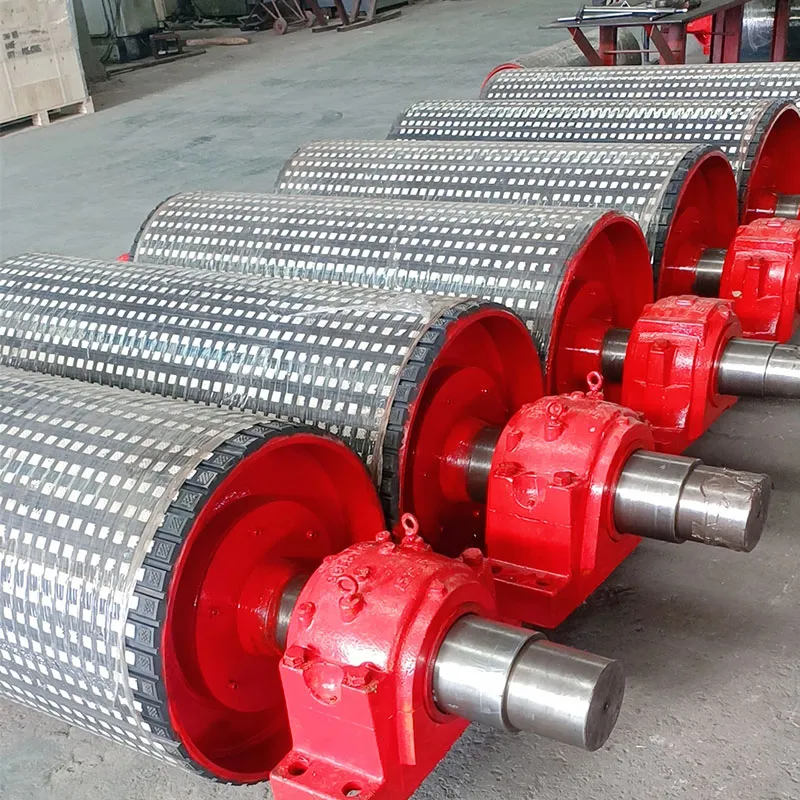 Afrikaans
Afrikaans  Albanian
Albanian  Amharic
Amharic  Arabic
Arabic  Armenian
Armenian  Azerbaijani
Azerbaijani  Basque
Basque  Belarusian
Belarusian  Bengali
Bengali  Bosnian
Bosnian  Bulgarian
Bulgarian  Catalan
Catalan  Cebuano
Cebuano  Corsican
Corsican  Croatian
Croatian  Czech
Czech  Danish
Danish  Dutch
Dutch  English
English  Esperanto
Esperanto  Estonian
Estonian  Finnish
Finnish  French
French  Frisian
Frisian  Galician
Galician  Georgian
Georgian  German
German  Greek
Greek  Gujarati
Gujarati  Haitian Creole
Haitian Creole  hausa
hausa  hawaiian
hawaiian  Hebrew
Hebrew  Hindi
Hindi  Miao
Miao  Hungarian
Hungarian  Icelandic
Icelandic  igbo
igbo  Indonesian
Indonesian  irish
irish  Italian
Italian  Japanese
Japanese  Javanese
Javanese  Kannada
Kannada  kazakh
kazakh  Khmer
Khmer  Rwandese
Rwandese  Korean
Korean  Kurdish
Kurdish  Kyrgyz
Kyrgyz  Lao
Lao  Latin
Latin  Latvian
Latvian  Lithuanian
Lithuanian  Luxembourgish
Luxembourgish  Macedonian
Macedonian  Malgashi
Malgashi  Malay
Malay  Malayalam
Malayalam  Maltese
Maltese  Maori
Maori  Marathi
Marathi  Mongolian
Mongolian  Myanmar
Myanmar  Nepali
Nepali  Norwegian
Norwegian  Norwegian
Norwegian  Occitan
Occitan  Pashto
Pashto  Persian
Persian  Polish
Polish  Portuguese
Portuguese  Punjabi
Punjabi  Romanian
Romanian  Russian
Russian  Samoan
Samoan  Scottish Gaelic
Scottish Gaelic  Serbian
Serbian  Sesotho
Sesotho  Shona
Shona  Sindhi
Sindhi  Sinhala
Sinhala  Slovak
Slovak  Slovenian
Slovenian  Somali
Somali  Spanish
Spanish  Sundanese
Sundanese  Swahili
Swahili  Swedish
Swedish  Tagalog
Tagalog  Tajik
Tajik  Tamil
Tamil  Tatar
Tatar  Telugu
Telugu  Thai
Thai  Turkish
Turkish  Turkmen
Turkmen  Ukrainian
Ukrainian  Urdu
Urdu  Uighur
Uighur  Uzbek
Uzbek  Vietnamese
Vietnamese  Welsh
Welsh  Bantu
Bantu  Yiddish
Yiddish  Yoruba
Yoruba  Zulu
Zulu types of conveyor belt pulleys
Understanding the Different Types of Conveyor Belt Pulleys
Conveyor belt systems are crucial in various industries, including manufacturing, logistics, mining, and food processing. At the heart of these systems are conveyor belt pulleys, which play a vital role in driving the belt and ensuring efficient material handling. This article delves into the different types of conveyor belt pulleys, their functions, and their significance in optimizing conveyor performance.
1. Drive Pulleys
The drive pulley is the most critical component of a conveyor system. It is responsible for providing the necessary power to move the conveyor belt. Also known as the head pulley, this type of pulley is typically located at the discharge end of the conveyor. A drive pulley can be powered by an electric motor, allowing it to efficiently transport materials over varying distances.
Drive pulleys are designed with a textured surface to enhance friction between the pulley and the conveyor belt, preventing slippage. They come in different configurations, including smooth, rubberized, or crowned shapes, catering to different operational requirements and load capacities.
2. Idler Pulleys
Idler pulleys are used to support and guide the conveyor belt, maintaining its alignment and tension throughout the system. These pulleys do not drive the belt but are essential for minimizing belt sagging and reducing wear and tear. Idler pulleys are typically located at various points along the conveyor, including the return side, where they help maintain the belt's path.
There are several types of idler pulleys, such as
- Flat Idler Pulleys These provide a smooth surface for the belt to rest against. - Crowned Idler Pulleys With a slightly raised center, these pulleys help keep the belt centered and prevent lateral movement. - Troughing Idler Pulleys Designed to create a trough shape, these are used for transporting bulk materials, ensuring that they stay contained on the belt.
3. Snub Pulleys
types of conveyor belt pulleys

Snub pulleys are used to increase the angle of wrap of the conveyor belt around the drive pulley, enhancing the friction and grip required for effective belt movement. Positioned near the drive pulley, snub pulleys can significantly improve the starting and operational efficiency of the conveyor system.
These pulleys are particularly valuable in applications where heavy materials must be moved, as they help to transfer additional power to the belt. The increased wrap angle allows for a greater amount of tension to be applied to the belt, reducing the chances of slippage during startup.
4. Return Pulleys
Return pulleys, sometimes referred to as tail pulleys, are located at the end of the conveyor where the belt begins its return journey. Their primary function is to support the belt as it returns to the drive pulley for another cycle. They are typically designed with a simple cylindrical shape and can be equipped with scrapers or cleaners to remove any residual materials from the belt surface, ensuring longevity and efficient operation.
Return pulleys help maintain tension on the belt, ensuring that it remains taut throughout the entire system, thereby reducing the risk of damage or misalignment.
5. Take-Up Pulleys
Take-up pulleys are essential for maintaining the proper tension in the conveyor belt. They are used in take-up assemblies, which can either be manual or automatic. Take-up pulleys adjust the belt's tension to account for wear, stretch, or thermal expansion, ensuring that the belt operates smoothly at all times.
Proper tension is crucial to prevent slippage, misalignment, or excessive wear on both the pulleys and the belt itself. Take-up pulleys are vital for maximizing the lifespan and efficiency of the conveyor system.
Conclusion
Conveyor belt pulleys play an indispensable role in the functionality and efficiency of conveyor systems. Understanding the types of pulleys—drive, idler, snub, return, and take-up—enables operators to select the appropriate components for their specific applications. This selection is crucial for ensuring smooth operations, reducing downtime, and enhancing the overall productivity of material handling processes. By investing in high-quality pulleys and maintaining them regularly, businesses can achieve long-lasting performance from their conveyor systems.
-
Revolutionizing Conveyor Reliability with Advanced Rubber Lagging PulleysNewsJul.22,2025
-
Powering Precision and Durability with Expert Manufacturers of Conveyor ComponentsNewsJul.22,2025
-
Optimizing Conveyor Systems with Advanced Conveyor AccessoriesNewsJul.22,2025
-
Maximize Conveyor Efficiency with Quality Conveyor Idler PulleysNewsJul.22,2025
-
Future-Proof Your Conveyor System with High-Performance Polyurethane RollerNewsJul.22,2025
-
Driving Efficiency Forward with Quality Idlers and RollersNewsJul.22,2025





























